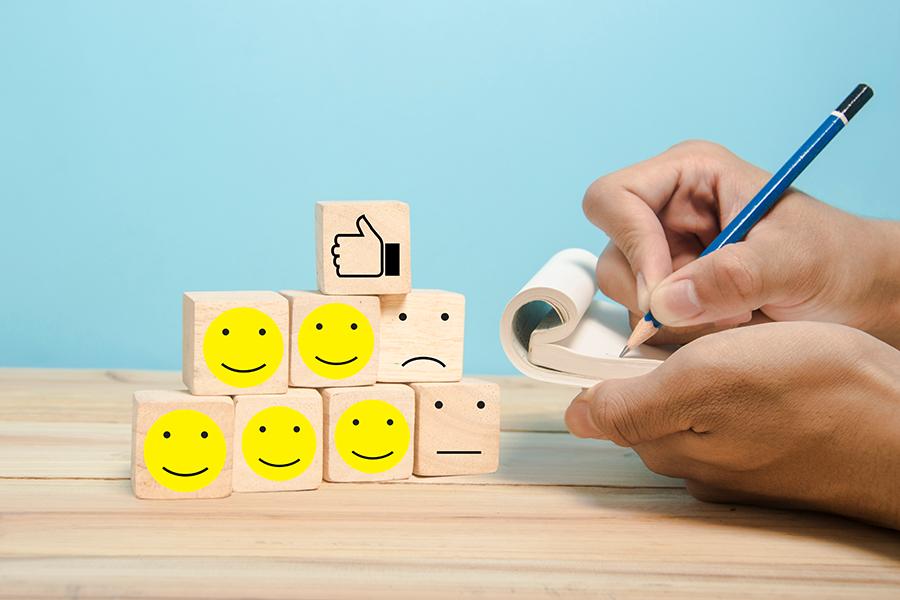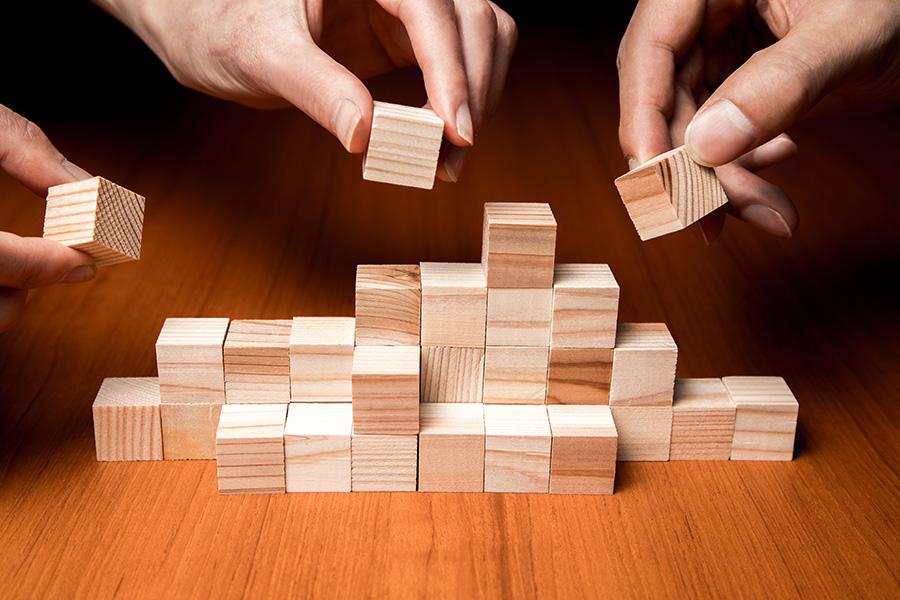Emotion in brand building: The questions that await answers
Is rousing of emotions and associating them with a brand, a good strategy? Will a brand built on emotive appeal grow faster? If so, which type of emotion works best? The answers to these questions are worth trillions of dollars. I don’t have the answers. But I am attempting to understand the questions much better. Man has understood the infinitesimal atom and the infinite universe but not his own mind. There isn’t much that is conclusively known about how emotions are provoked. Therefore, ‘the role of emotions in brand building’ remains a hotly debated subject. [siteorigin_widget class=”SiteOrigin_Widget_Image_Widget”][/siteorigin_widget] For too long, marketing has been loosely taken as being the same thing as advertising. The role of many other building blocks has been relatively devalued. Brand positioning is attempted almost entirely via advertising content. It’s claimed that ‘emotion sells’. But, sales are merely a consequence, an output. What is the measure for the input? To answer this, hundreds of studies have been done researching responses ranging from the psychological to the physiological. The responses evaluated and graded include blood pressure, dilation of pupils, perspiration, concentration of hormones in the blood, brain activity amongst others. Such indicators have been recorded for thousands of consumers and duly reported. Yet, we are far from concluding anything. Emotions are richly experienced but poorly understood. Given their imprecise and nebulous nature and the absence of concrete evidence-based formulations, no one is ever right or wrong about them. Emboldened by this, creative lobbies have over promoted emotion as the key ingredient in brand building because it increases their own importance. At its essence, marketing is about need creation and fulfilment. We have now arrived at the central question – Does triggering of emotions more effectively move consumers towards intended actions? We don’t even have a recognised definition of emotion. Dictionary meanings are liable to be inappropriate and misconstrued. For our purposes, emotion is a response that gets higher attention, engagement and comprehension. On being emotionally roused, the intended consumer notices, feels, understands better. Evolution hardwired us essentially as Stone Age creatures. When we register an impact in our memory we remember it through emotional hooks. This is also a structural reality in the human brain. The hippocampus is our filing manager and it sits right next to the amygdala that is the centre for emotion. Both awareness and recall perk up when emotionally rousing content is consumed. Naturally, what is more emotionally rich is likely to get more velocity of sharing. Given all this, the case seems to be quite straightforward and decided in favour of emotion. Not so at all! What seems perfect in theory, most often fails in practice. Firstly, emotion is a continuum. It is very difficult to have differentiation based on degree of emotion. Consumers respond to an emotion based on context and comprehension. Secondly, there are other parts of consumer and brand interactions where no element of emotion is involved. This includes patented technology, product quality, accessibility, pricing and place of origin. Consumers purchase brands to experience desired outcomes. It is their action that takes them from the current to the desired states. Emotions often get reduced to something abstract. Coca-Cola says “open happiness” whereas L’Oreal says “because you are worth it”. Such abstraction is rarely comprehensible. The primitive impulses of our subconscious mind are hardwired. It is unlikely that our given instincts may change as a response to advertising. To conclude, we must investigate why actions do not directly follow from emotive impulses. Why is heightened emotion only a temporary state? Why do consumers get back to the evaluation mode sooner than later? These answers are crucial. I may have disappointed brand managers who want to lead lives of lofty purpose and motivate millions via emotions. I am sorry to counsel them that our calling may not be so exalted yet. For now, we must simply manage brands in whichever way it prompts consumers to take actions, generate sales, gain share and make profits. https://www.forbesindia.com/blog/marketing-and-branding/emotion-in-brand-building-the-questions-that-await-answers/
Emotion in brand building: The questions that await answers Read More »



